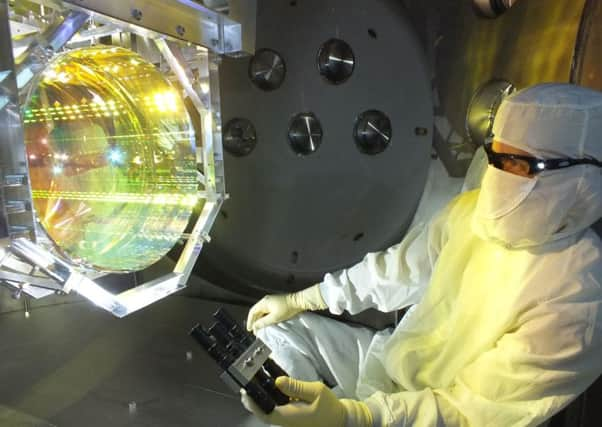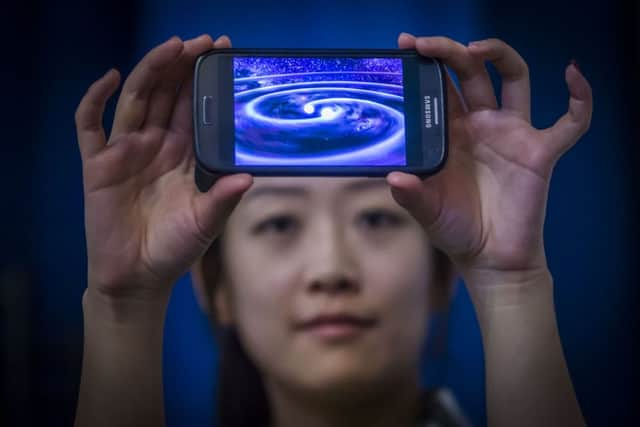Gravitational waves discovery: The facts explained


1. The waves have nothing to do with the sea
Gravitational waves are ripples in spacetime - the mathematical model that combines both three-dimensional space and one-dimensional time to plot events.
Theoretically, they are generated by cataclysmic cosmic events such as the collision of black holes or super-dense neutron stars.


2. No one had physical proof they exist
Advertisement
Hide AdAdvertisement
Hide AdProposed by Albert Einstein in 1916 as part of his General Theory of Relativity, their existence had never been directly detected.
Scientists have been looking for them ever since and about 40 years ago scientists from the National Science Foundation (NSF) in the United States joined the search.
Experts from the California Institute of Technology and Massachusetts Institute of Technology led the design, construction and operation of the NSF-funded facilities.


3. The machines that found them are huge
The Laser Interferometer Gravitational-wave Observatory (LIGO) is a system of two identical detectors carefully constructed to detect tiny vibrations from passing gravitational waves.
Each is a laser interferometer inside an L-shaped ultra-high vacuum tunnel and operated in unison to detect gravitational waves. One arm of the L alone is 4km long.
The twin detectors are in Livingston, Louisiana, and Hanford, Washington, but research and analysis of data collected is carried out by a global group of scientists.
4. The proof is out there
Scientists working with Ligo confirmed they had directly observed gravitational waves that resulted from merging black holes apporximately 1.3bn light-years away and 1.3bn years ago.
5. Space enthusiasts are excited
Astrophysicist and author Ethan Siegel said the announcement will mean that “for the first time, we may be developing eyes for examining the Universe in a way that no living creature has ever examined it before”.